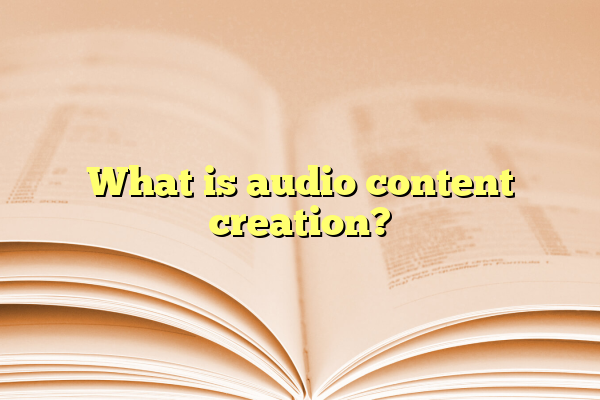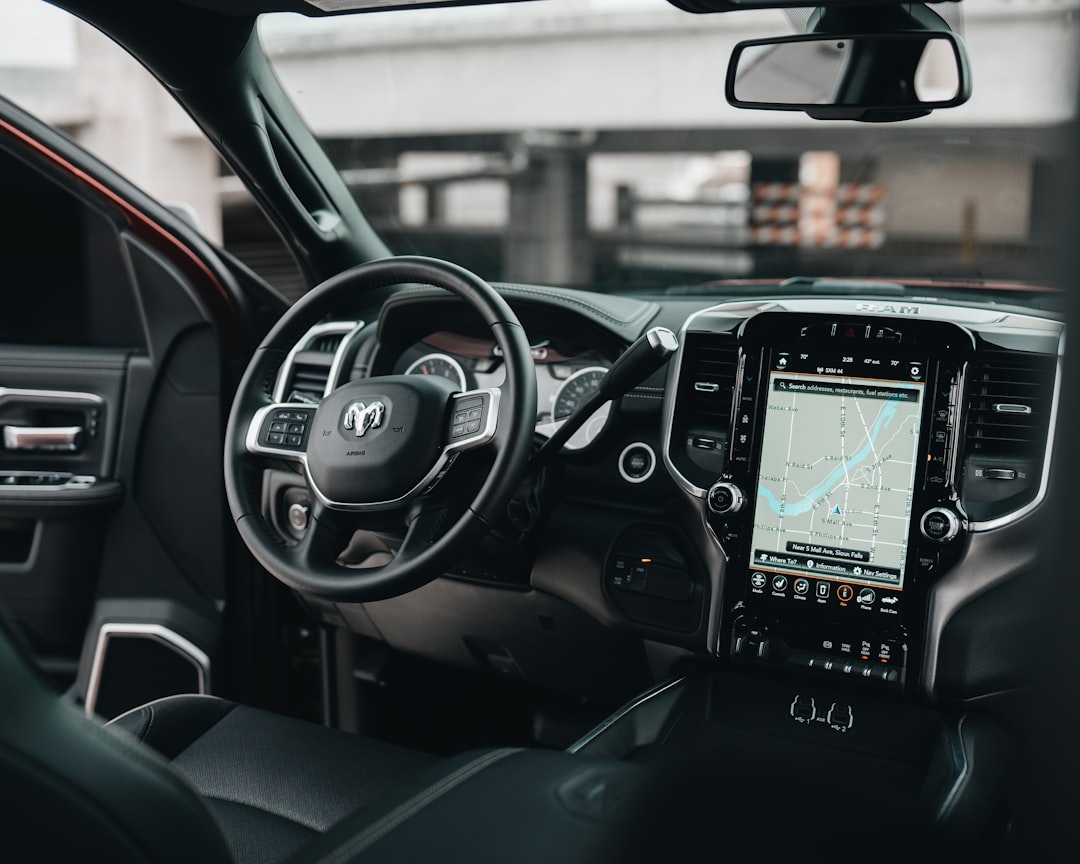
What is audio content creation?
In today’s digital era, content is no longer confined to just text and images. Audio content creation has emerged as a powerful and versatile medium, allowing creators to inform, entertain, and engage audiences through sound. This form of content leverages audio recording, editing, and broadcasting tools to produce podcasts, audiobooks, music, voiceovers, and more.
Contents
Understanding Audio Content Creation
Audio content creation refers to the process of recording, editing, and distributing sound-based materials meant for consumption through digital platforms. Unlike video content, which relies heavily on visuals, audio content reaches listeners through auditory channels, often streamed or downloaded on-the-go.
Typical formats include:
- Podcasts: Regularly updated audio series covering diverse topics like news, storytelling, education, and business.
- Audiobooks: Narrated versions of books offering a hands-free reading experience.
- Voiceovers: Narrations for multimedia such as videos, ads, or games.
- Radio Shows and Interviews: Modern take on traditional radio, often made available online.
- Music and Sound Design: Composing music pieces, background scores, or custom audio effects.
The content can be scripted or spontaneous, as seen in interview-based or conversational podcasts. The key advantage of audio content is its portability—users can listen while commuting, exercising, or relaxing.

The Creation Process
Creating compelling audio content involves multiple steps. It starts with concept development, where the creator defines the objective and target audience. Following this, scripting (if necessary) and recording take place. The recorded audio is then edited to remove errors, insert music or effects, and ensure clarity and pacing. The final product is exported into formats like MP3 or WAV and published on streaming platforms or websites.
Here’s a breakdown of the typical process:
- Concept Development: Deciding the type, theme, and tone of the content.
- Scriptwriting: Writing a script or outline to guide narration or conversation.
- Recording: Using microphones, audio interfaces, and quiet environments.
- Editing: Cutting out mistakes, applying effects, fine-tuning sound levels.
- Publishing: Uploading to hosting services like Spotify, Apple Podcasts, or personal websites.
- Promotion: Sharing via social media, newsletters, and communities to grow listenership.
Often, creators use software like Audacity, Adobe Audition, or GarageBand to edit their sound recordings professionally. With advancing technology, even smartphones now offer robust tools for on-the-go content creation.

Why Audio Content Is Gaining Popularity
Audio content has witnessed a surge in popularity due to its accessibility and hands-free nature. As lifestyles become increasingly busy, people are turning to audio to consume content during multitasking activities. Furthermore, the rise of smart speakers, voice assistants, and mobile apps has made audio more integrated into everyday life.
Another major driver is the low production cost compared to video content. Audio setups can be relatively inexpensive and easier to maintain. New creators or individuals with tight budgets can still produce high-quality content with minimal equipment.
Key Benefits of Audio Content
- Accessibility: Allows consumption while driving, jogging, or doing chores.
- Engagement: Creates a more personal connection with the listener’s imagination involved.
- Cost-effective: Lower production and editing costs compared to video.
- Multichannel Distribution: Can be shared on various platforms, reaching wide audiences.
Conclusion
Audio content creation has become an integral part of the digital content landscape. Whether it’s a podcast episode, an audiobook narration, or a customized voiceover, audio offers an intimate and flexible way to captivate audiences. With technological advancements and high consumer demand, this medium shows promising growth for both amateur and professional creators alike.
Frequently Asked Questions (FAQ)
-
Q: What equipment do I need to start creating audio content?
A: A basic setup includes a good-quality microphone, headphones, and audio editing software. For better results, use a pop filter and a soundproof space. -
Q: Do I need formal training to create audio content?
A: While formal training can help, many successful creators are self-taught through online resources, practice, and experimentation. -
Q: Where can I publish my audio content?
A: Popular platforms include Spotify, Apple Podcasts, Google Podcasts, Audible, and YouTube. There are also dedicated hosting services like Libsyn and Anchor. -
Q: How do I attract an audience for my audio content?
A: Consistency, quality, promotion on social media, and engaging with listeners are key strategies for growing your audience. -
Q: Can I make money from audio content?
A: Yes. Monetization options include sponsorships, ads, listener donations (through platforms like Patreon), selling premium content, and affiliate marketing.
